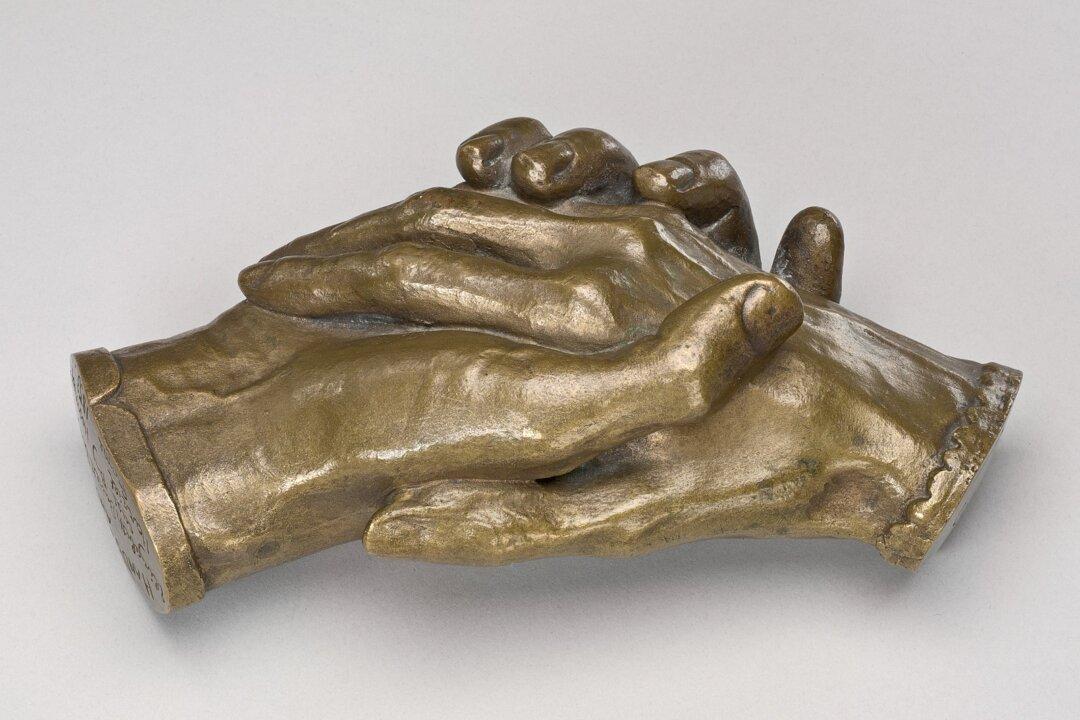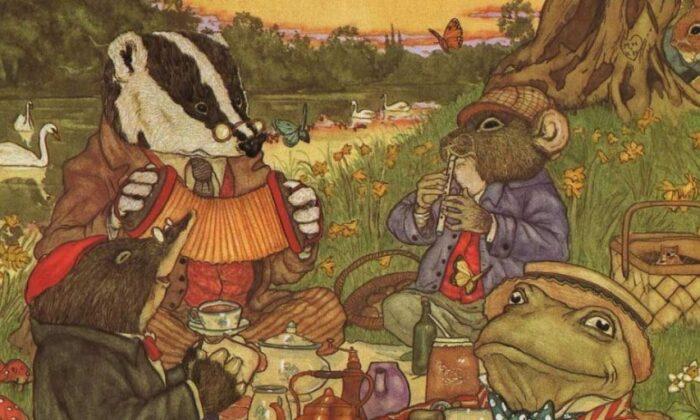Escape at Bedtime
The lights from the parlour and kitchen shone out Through the blinds and the windows and bars; And high overhead and all moving about, There were thousands of millions of stars. There ne’er were such thousands of leaves on a tree, Nor of people in church or the Park, As the crowds of the stars that looked down upon me, And that glittered and winked in the dark.
The Dog, and the Plough, and the Hunter, and all, And the star of the sailor, and Mars, These shone in the sky, and the pail by the wall Would be half full of water and stars. They saw me at last, and they chased me with cries, And they soon had me packed into bed; But the glory kept shining and bright in my eyes, And the stars going round in my head.
Iowa Basics standardized testing was hardly known for creating a magical atmosphere at school, especially with the picturesque backdrop of rows of computers. Yet my seventh grade self found the tests particularly poignant one day when I came across an excerpt used in the literature portion of the exam.It was from Robert Louis Stevenson’s “Escape at Bedtime.” I memorized a few of the lines so I could search them later and find the name of the poem. I so vividly remember the exact moment I experienced the enchantment of those lines during testing: “And the pail by the wall/ would be half-full of water and stars.” In fact, apparently, my first encounter with the poem was memorable enough for my friend and classmate to recall this moment as well, all these years later.
Starlit Prison
Stevenson aptly captures how everything is larger than life in a child’s eyes; the starlit scene takes on a dramatization that makes small actions seem immense. From the second line, we have a sense of imprisonment: The light filters through the “blinds and the windows and bars,” making the speaker seem like a captive. Out beyond the prison walls, the stars “glitter and wink in the dark” with a youthful mischievousness, evading all human captors and bondage.It would seem beyond human power to lay hold of the stars, with the exception of that one line: “the pail by the wall would be half full of water and stars.” Within the pail, the fluid, formless water and starlight are suspended at a midpoint: They are confined but elusive, ready to spill out at any second. What’s more, their immensity is contained within a humble, unassuming vessel, much like the beauty of the vast cosmos within a child’s eyes.
The Glory Kept Shining and Bright

From the start of the poem, we can glean that the speaker is outside, seeing the light from the kitchen and parlor shining out through the dark. There is a tension between the sense of confines and the vastness and freedom represented by the expanse of stars and their observer outside the walls of the house. That same vastness is mirrored in the cosmos within the boy’s mind, providing him with the same sense of “glory” even within the walls of his room.
Recognizing the constellations above him, the speaker’s imagination is fed with the images of “The Dog, and the Plough, and the Hunter” among the stars. In fact, the stars are alive in his imagination, as he describes the “crowds of the stars that looked down upon me,/ And that glittered and winked in the dark.” In the child’s depiction of the scene, we share in the sense of not only wonder at the beauty described but also in the excitement of his daring “escape,” a simple, everyday event imaginatively dramatized in the poem.
The poem aptly illustrates the effect of beauty on the mind and its lasting effect on the imagination. When we are properly receptive to it, it stays with us and continues to work on us long after we no longer actively behold it. Just as the poem lingered within my mind so many years later, the glory of the stars lingers in the child’s mind and feeds his imagination with a beautiful object of contemplation.







